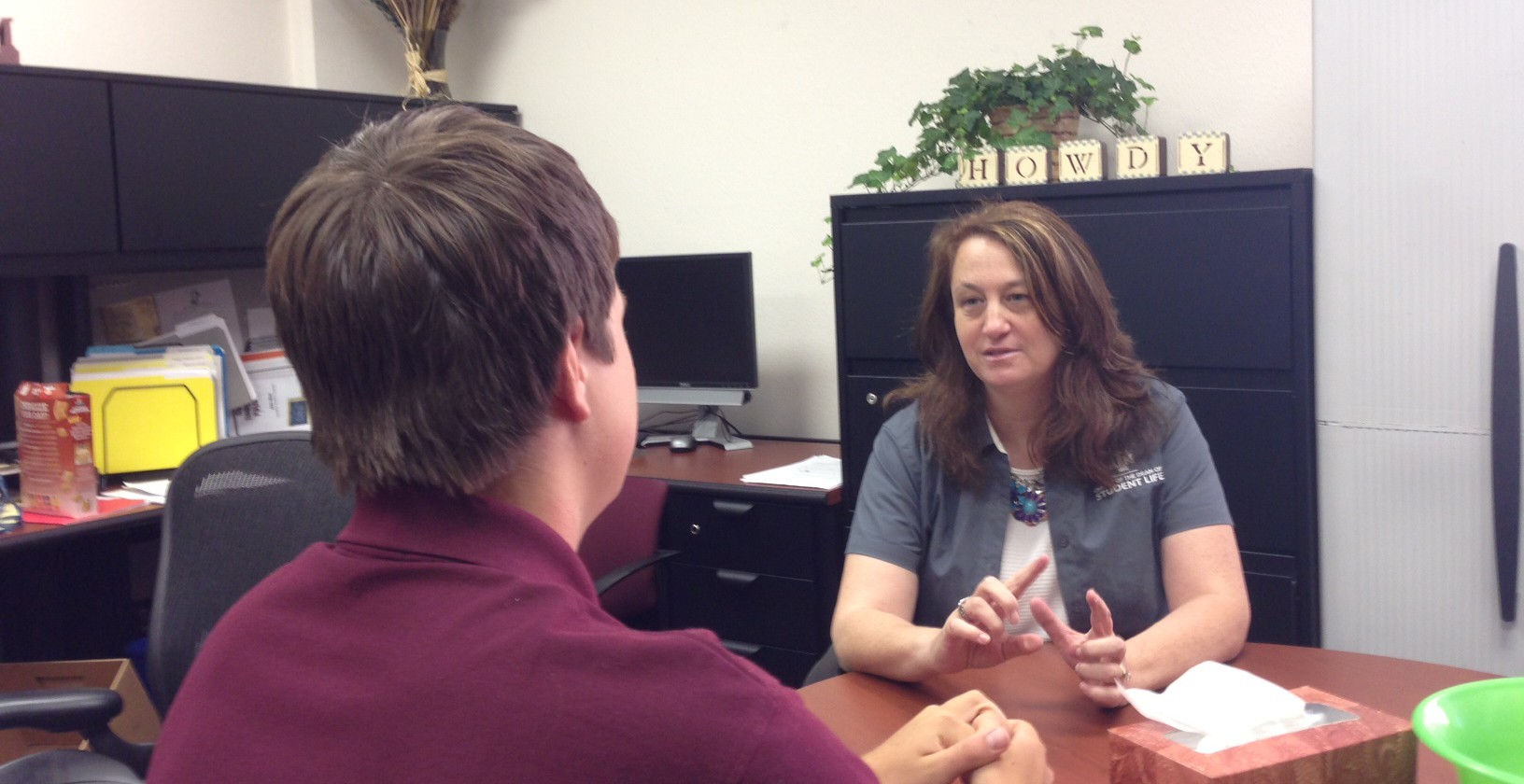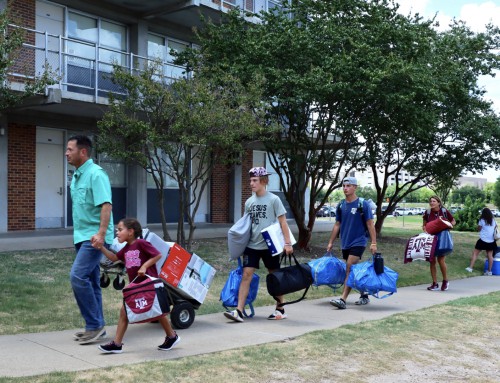
In a crowd of 50,000 students, there’s always someone experiencing an unexpected turn of events. Car accidents, apartment fires, sexual assaults, hospitalizations, and other types of unplanned events can severely disrupt a student’s ability to focus and perform well academically. While some of these incidents may make the evening news, more often the disruptive problems faced by students are mental health issues and failing grades – issues that may not be as apparent to others, but can still be as devastating. In any case, Student Assistance Services (SAS) and the Critical Incident Response Team (CIRT) are prepared to help students through such challenges.
SAS and CIRT staff in the Division of Student Affairs have also had challenges. Effective crisis response requires quickly gathering and recording information as a situation unfolds (some of which may be confidential) and securely sharing it with authorized people who are helping to support the affected students. The old method of tracking information on a spreadsheet shared by the three SAS staff that was not accessible by the eight CIRT members was certainly not an effective tool for simultaneous use, especially by those working with mobile devices.
And so, SAS came to Technology Services – Student Affairs for help. The project was ambitious. Business processes had to be reviewed. Special rules had to be clarified for special circumstances. The identities of one or more students in accidents may be fluid (e.g., “not that John Smith, the other one. Oops, it’s his brother.”). As Technology Services – Student Affairs Project Management helped SAS work through these details, three members of the Technology Services – Student Affairs Applications Team worked collaboratively to design, develop and test a web-based solution. The new Case Management & Crisis Response tool developed over the past eight months provides granular role-based access controls. The resulting tool is easy to use, even on mobile devices. Risa Bierman, with SAS in Student Life, commended the team saying they were “very responsive and quick on the draw when we’ve had issues.”
It’s the little things that matter. During the initial training session with CIRT staff, they were overjoyed that basic student information was automatically being pulled from Compass data. Previously, staff had to manually look up this information in Compass. Quick access to contact information and class schedule will enable staff to more quickly communicate with those affected – the students, their parents and professors as appropriate. In addition, the application’s responsive design ensures it will work well on mobile phones and tablets, allowing staff to work on their mobile devices after hours and on-site with a student.
And it’s not just 1 in 50,000 who will benefit from this improved service capability. In the past year, 430 students were served by SAS and CIRT.




